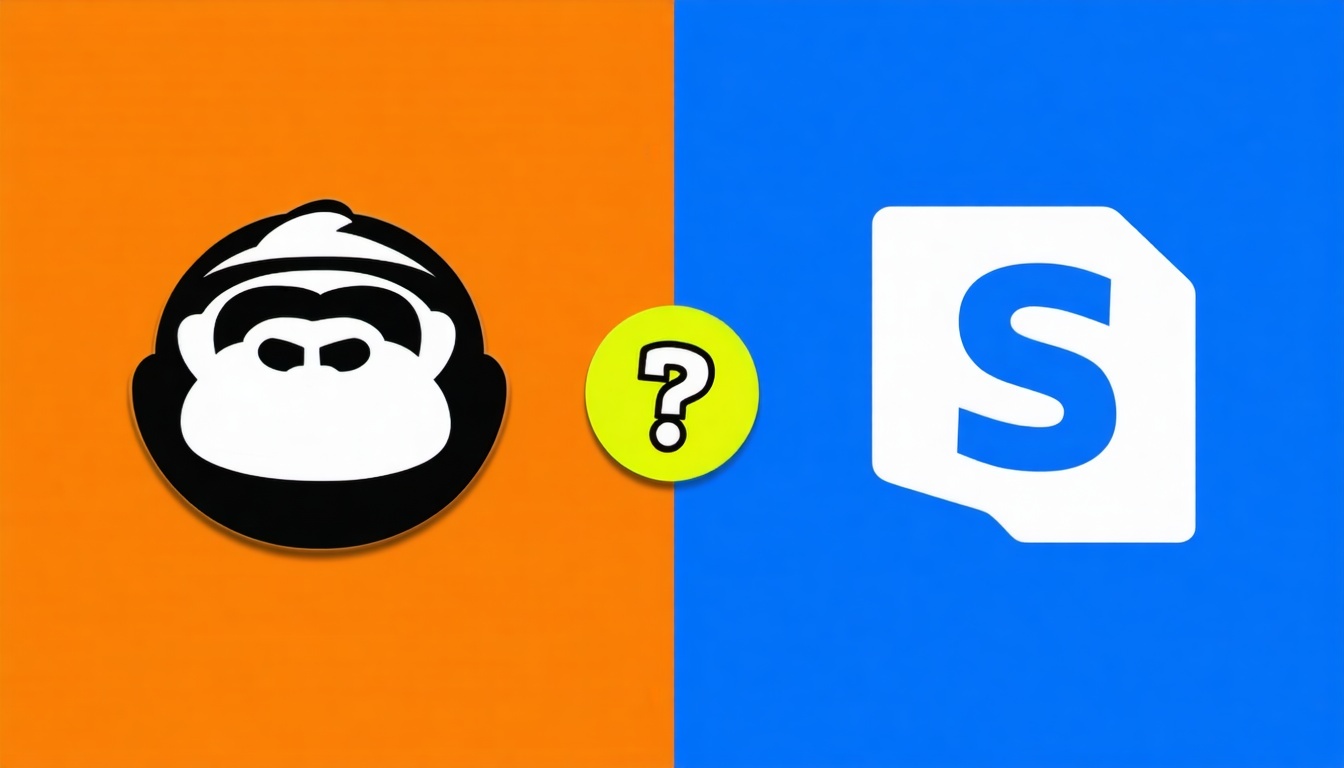
In the crowded SAAS industry, choosing the right email marketing tool can make or break your business strategy. This blog will help you navigate the integration capabilities of Mailchimp and SendX to find the perfect fit for your needs.
Why Integration Capabilities Matter in Email Marketing
In today's interconnected digital world, having an email marketing tool that seamlessly integrates with other software is crucial for efficiency and effectiveness. Integrations allow businesses to automate workflows, synchronize data, and enhance the overall user experience. They enable marketers to connect their email marketing campaigns with CRM systems, e-commerce platforms, social media, and other essential tools, creating a cohesive ecosystem that drives results.
Without robust integration capabilities, businesses may find themselves manually transferring data between platforms, leading to inefficiencies and potential data inaccuracies. Therefore, understanding the integration capabilities of email marketing tools like Mailchimp and SendX is essential for making an informed decision.
Exploring Mailchimp's Integration Ecosystem
Mailchimp is renowned for its extensive integration ecosystem. It offers over 300 integrations with various third-party applications, including popular tools like Salesforce, Shopify, WordPress, and Google Analytics. This wide range of integrations allows businesses to connect Mailchimp with virtually any platform they use, facilitating seamless data flow and streamlined marketing efforts.
Additionally, Mailchimp's API enables developers to create custom integrations tailored to specific business needs. This flexibility ensures that Mailchimp can adapt to the unique requirements of different industries and business models. The platform also provides detailed documentation and support to help users implement and manage these integrations effectively.
Unpacking SendX's Integration Features
SendX, while not as extensive as Mailchimp, offers a robust set of integration features designed to meet the needs of small to medium-sized businesses. It integrates with key platforms such as Zapier, which acts as a bridge to connect SendX with hundreds of other applications. This means that even though SendX may not have direct integrations with as many tools as Mailchimp, it can still connect with a wide range of applications through Zapier.
SendX also provides integrations with popular CRM systems, e-commerce platforms, and social media networks. The platform focuses on simplicity and ease of use, ensuring that users can quickly set up and manage their integrations without requiring extensive technical knowledge. This makes SendX an attractive option for businesses looking for straightforward and effective integration solutions.
Comparative Analysis: Mailchimp vs SendX Integrations
When comparing Mailchimp and SendX, it is clear that Mailchimp offers a broader range of direct integrations, making it a more versatile option for businesses with complex integration needs. Mailchimp's extensive ecosystem and API capabilities provide greater flexibility and customization options, allowing it to cater to various industries and business models.
On the other hand, SendX, while not as extensive in its integration offerings, provides a simpler and more user-friendly experience. Its integration with Zapier significantly expands its connectivity options, making it a viable choice for businesses that prioritize ease of use and efficient setup. Ultimately, the decision between Mailchimp and SendX will depend on the specific needs and preferences of the business, including the complexity of their marketing stack and the importance of direct integrations.
Choosing the Right Tool for Your Business Needs
Selecting the right email marketing tool involves considering several factors, including integration capabilities, ease of use, and the specific requirements of your business. If your business relies on a wide range of software and requires extensive direct integrations, Mailchimp may be the better choice due to its comprehensive ecosystem and customization options.
However, if you are a small to medium-sized business looking for a straightforward and efficient email marketing solution, SendX offers a compelling alternative with its user-friendly interface and integration through Zapier. By evaluating your business's unique needs and the integration capabilities of each platform, you can make an informed decision that will enhance your marketing efforts and drive growth.